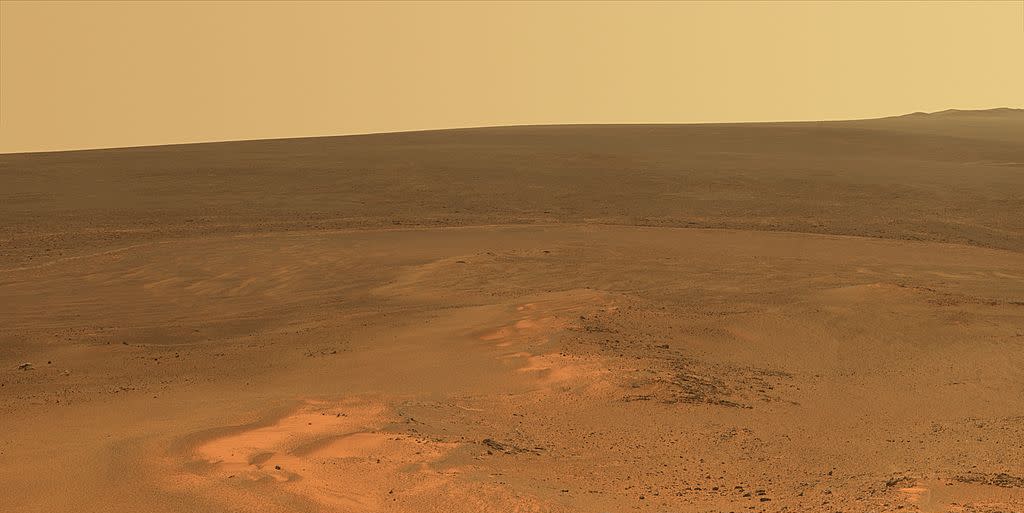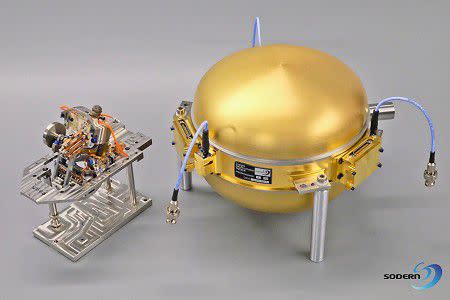We've Found the First Real Traces of "Marsquakes"

French scientists have discovered what they believe to be the first known evidence of a Marsquake. While scientists had long believed seismic tremors on the Red Planet to be a possibility, new readings from a seismometer known as SEIS have shown definitive movement.
Mars, I hear you. I’ve detected some quiet but distinct shaking on #Mars. The faint rumbles appear to have come from the inside of the planet, and are still being studied by my team. Take a listen.👂https://t.co/GxR1xdRx1F pic.twitter.com/Z8Hn03jigO
- NASA InSight (@NASAInSight) April 23, 2019
The Martian seismometers is a product of CNES, the French space agency. It traveled to our neighboring world as part of NASA's InSight lander, which landed on Mars in November 2018. Since landing, SEIS (its name translates roughly to "very broad band seismometer") has been busy. As the CNES description of the instrument says:
"At the heart of the instrument lie three exquisitely sensitive pendulums that will be able to detect the tiniest movements of the Martian surface. The displacement of the moving part of the pendulum will be very precisely measured electronically. A feedback mechanism will be continuously applied to the moving part with respect to its equilibrium position so as to further increase the measurement precision."
InSight has the ability to grasp SEIS and place the instrument where it wants. A semi-rigid umbilical tether connects the SEIS to an electronics unit on InSight, which powers it remotely. On April 6, the work paid off with its signal detection. According to a press statement, CNES has detected "a weak but distinct seismic signal" from SEIS.

While heavenly bodies including the moon and Venus were known to have quakes, Mars and its seismic history have eluded scientists. "Mars is at a primitive stage of plate tectonics," An Yin, a planetary geologist at UCLA, said in a statement in 2012 after a study showed that the planet might have been shaped by seismic shifts. "It gives us a glimpse of how the early Earth may have looked and may help us understand how plate tectonics began on Earth."
In the present, scientists are hopeful about the weak signal.
"It's great to finally have a sign that there's still seismic activity on Mars," says Philippe Lognonne, a researcher at Paris' Institut de Physique du Globe. "We've waited for our first Martian quake for months."
American scientists were equally enthused. According to InSight Principal Investigator Bruce Banerdt, the discovery "marks the birth of a new discipline: Martian seismology." Scientists are now working to verify the detection and make sure it originated in planet's interior rather than wind or noise distortion. The SEIS team has also picked up three additional signals of tremors, all of them weaker than the one currently under their focus.
Source: CNES
('You Might Also Like',)

